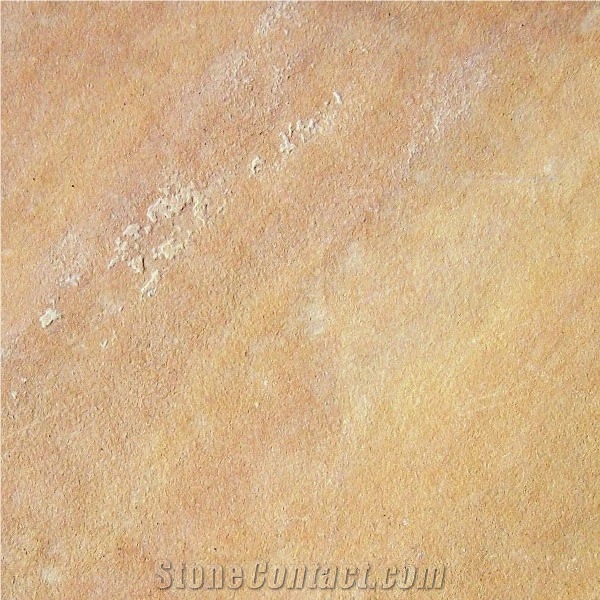Can United States's Pueblo Sandstone be used exterior applications in very rainy climates?
Pueblo Sandstone, also known as Navajo Sandstone, is a type of sandstone primarily found in the southwestern United States. While sandstone is generally a durable and versatile building material, its suitability for exterior applications in very rainy climates depends on certain factors.
Pueblo Sandstone is known for its soft and porous nature, which makes it susceptible to weathering and water absorption. In very rainy climates, with heavy rainfall and constant exposure to moisture, Pueblo Sandstone may experience accelerated deterioration and damage.
The high porosity of this sandstone can lead to water absorption, which can cause the stone to weaken, deteriorate, and potentially disrupt its structural integrity. Freeze-thaw cycles, wherein absorbed water freezes and expands, can further exacerbate this risk, leading to cracking, spalling, or flaking.
That said, if proper precautions are taken, Pueblo Sandstone can still be used in exterior applications in very rainy climates. Applying a moisture barrier or sealant can help reduce water absorption and mitigate potential damage. Regular maintenance, such as cleaning and sealing, may also be necessary to ensure the long-term durability of the stone.
Additionally, the installation techniques and design considerations play a crucial role. Proper installation with adequate drainage systems, including suitable flashing, grading, and runoff management, can help minimize water infiltration and protect Pueblo Sandstone from excessive moisture exposure.
Consulting with a local architect, contractor, or stone specialist would be recommended when considering the use of Pueblo Sandstone in exterior applications in very rainy climates. They can provide specific guidance based on local climate conditions, building regulations, and the specific project requirements.
Pueblo Sandstone, also known as Navajo Sandstone, is a type of sandstone primarily found in the southwestern United States. While sandstone is generally a durable and versatile building material, its suitability for exterior applications in very rainy climates depends on certain factors.
Pueblo Sandstone is known for its soft and porous nature, which makes it susceptible to weathering and water absorption. In very rainy climates, with heavy rainfall and constant exposure to moisture, Pueblo Sandstone may experience accelerated deterioration and damage.
The high porosity of this sandstone can lead to water absorption, which can cause the stone to weaken, deteriorate, and potentially disrupt its structural integrity. Freeze-thaw cycles, wherein absorbed water freezes and expands, can further exacerbate this risk, leading to cracking, spalling, or flaking.
That said, if proper precautions are taken, Pueblo Sandstone can still be used in exterior applications in very rainy climates. Applying a moisture barrier or sealant can help reduce water absorption and mitigate potential damage. Regular maintenance, such as cleaning and sealing, may also be necessary to ensure the long-term durability of the stone.
Additionally, the installation techniques and design considerations play a crucial role. Proper installation with adequate drainage systems, including suitable flashing, grading, and runoff management, can help minimize water infiltration and protect Pueblo Sandstone from excessive moisture exposure.
Consulting with a local architect, contractor, or stone specialist would be recommended when considering the use of Pueblo Sandstone in exterior applications in very rainy climates. They can provide specific guidance based on local climate conditions, building regulations, and the specific project requirements.
 United States
(Chino Valley, Arizona )
United States
(Chino Valley, Arizona )
















